By Wesley Langat
Baringo County, Kenya: It is a hot sunny afternoon; the temperature begins to drop gradually and the wind is blowing across the papyrus reeds making a humming sound as it creates a cooling effect at Loboi wetland in Kiborgoch Conservancy.
Selina Lorok, a 56-year-old mother of 7 children ages 6 to 27, has spent long hours of the day harvesting papyrus reeds in Loboi swamp. Together with other women from the Endorois community one of the minority groups in Kenya, they are on the frontline of wetland and wildlife protection.
“As women from this community, we normally patrol in this area, we don’t allow anyone to destroy or set fire to the swamp”. Selina said.
Selina is a member of the Chelaba Women Group that belongs to the Kiborgoch Community Wetland and Irong Conservancy in Marigat Baringo County. Established in 2010, the Irong and its adjacent Kiborgoch Wetlands Conservancies cover 61,450 and 2,690 hectares of land respectively. Home to wild animals such as Zebra, wild dogs, ostrich, Leopards, Greater Kudu, monkeys, baboons, Birds, wild pigs, Hyenas, crocodiles, snakes, dik-dik, Butterflies, and warthogs.
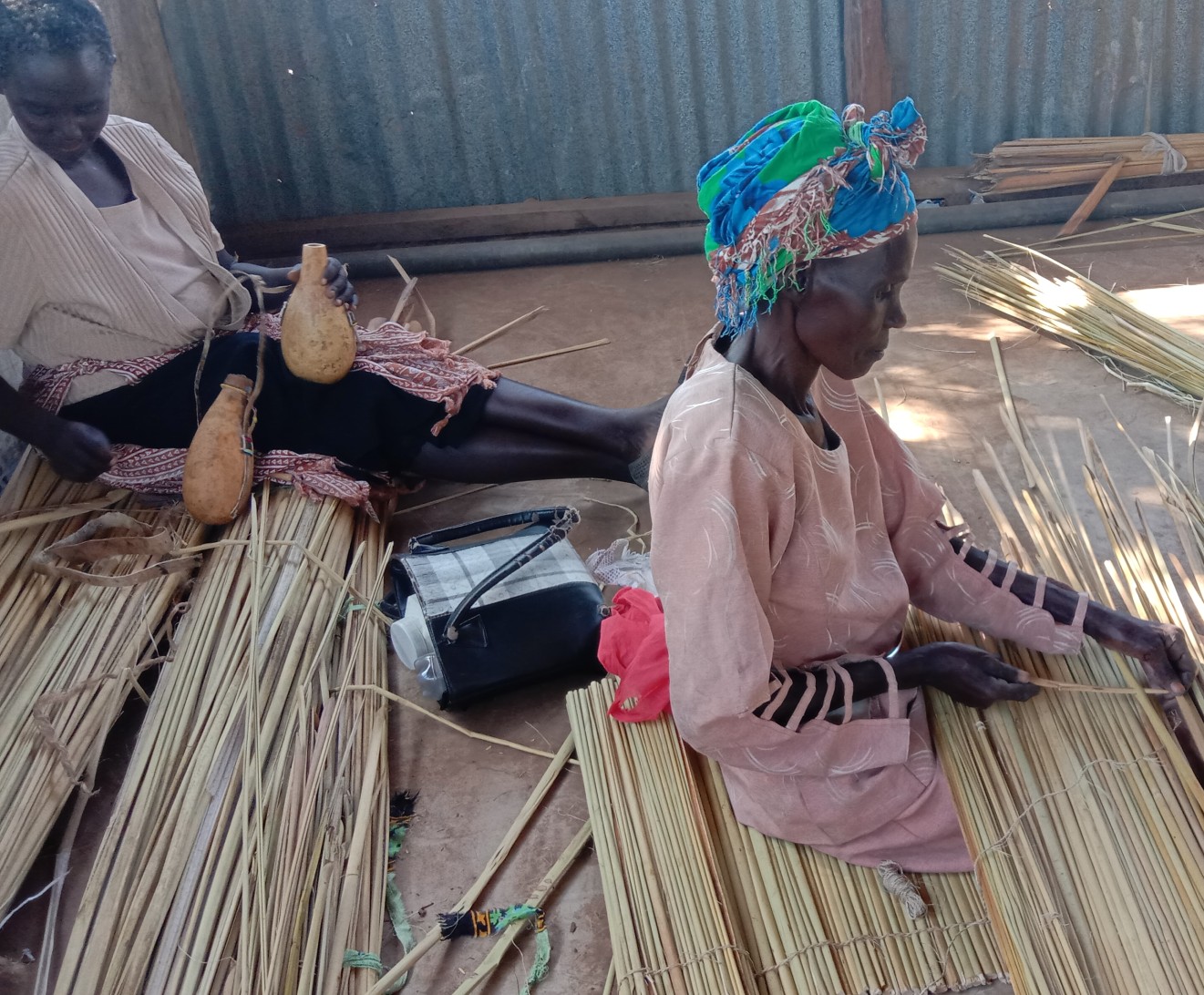
During extreme drought, the swamp is a haven for the locals, provides fodder for livestock and plenty of water drains out forming several watering wells for livestock at the edges of the swamps. But two decades ago, the conservancies in the area suffered massive destruction, locals set fire to the swamps and grazed livestock threatening the survival of reeds and other flora and fauna. Jackson Chepsaat 61, a retired primary school teacher who is also one of the village elders, testified of his participation in hunting and burning of charcoal.
“We killed wild animals like warthogs, rabbits, waterbucks, gazelles, and antelopes for one purpose, we used their meat for preparing food spices.” He explained.
Mr. Chepsaat further mentioned human-wildlife conflict as their main reason for killing wild animals. For example, leopards could eat their goats while warthog destroyed their crops. Because of these problems, the community hardly coexisted with them.
The Global Wetland Outlook, report for the year 2021 by the Ramsar Convention on Wetlands shows that wetlands are the most threatened ecosystem, disappearing three times faster than forests with 35% loss globally since 1970. The report further cited that land degradation resulting from changes in land use and climate change are the main drivers of wetland loss.
While Mr. Ken Mwathe, a Policy and Communications Coordinator at Birdlife International a global organization that conserves birds, their habitats, and global biodiversity revealed that the status of wetlands in the African continent has been declining due to human encroachment.
“A lot of people have considered wetlands as wastelands, in many places you find that these areas occupied by swamps have been drained to pave the way for infrastructure developments, agriculture, and settlements”. He paused.
He further gave an example of wetlands in Zimbabwe where the government is planning to drain them to create space for building affordable housing. Part of the threat to wetlands in Africa is climate change which is already affecting Lake Chad which has been dwindling drastically.
“Apart from human interference, climate change has caused a lot of declined by over 80% and this has affected livelihood.” He described while giving examples of the impact of climate change on wetlands.
Women’s commitment to restoring and protecting the swamp
After years of disastrous activities that caused a lot of land degradation, ruining ecosystems and endangering wildlife species, the nearby Lake. Bogoria one of the leading tourist attractions in Kenya’s Rift Valley became an eye opener to the entire Endorois community, the site regularly received tourists thus generating revenue and boosting local businesses in the area. This, however, demonstrated a success story in conservation, and in the process, the Endorois community abandoned hunting of wild animals and appreciated the value of wildlife and habitat protection in their villages.
Wetlands are important in providing communities with key ecosystem services, such as clean water for drinking. For the Chelaba Women Group, the swamp provides raw materials for making crafts, mats, trays, and baskets for sale. Mrs. Lorok and other women visited fellow women in Kisumu who have successfully devised their ways of creatively earning livelihoods from high-quality handcrafts such as beds and some are used for beautifying the ceiling of the house.
“During our visit to a women’s group in Kisumu gave us a lot of lessons, including skills on how to weave different products. We also discovered that even we can earn a living from the swamp” She explained.
Previously, women underestimated the value of the swamp but now it is becoming economically more beneficial, they are depending on it to earn their livelihood like paying school fees and buying food, and in return, they are conserving and protecting the swamp. In addition, the roots of the papyrus reeds are used to make concoctions for treating colds and wounds. Owing to these benefits accrued from the swamp, Cecilia says she is taking turns with other women to take care of the swamp, never allowing even livestock to graze.
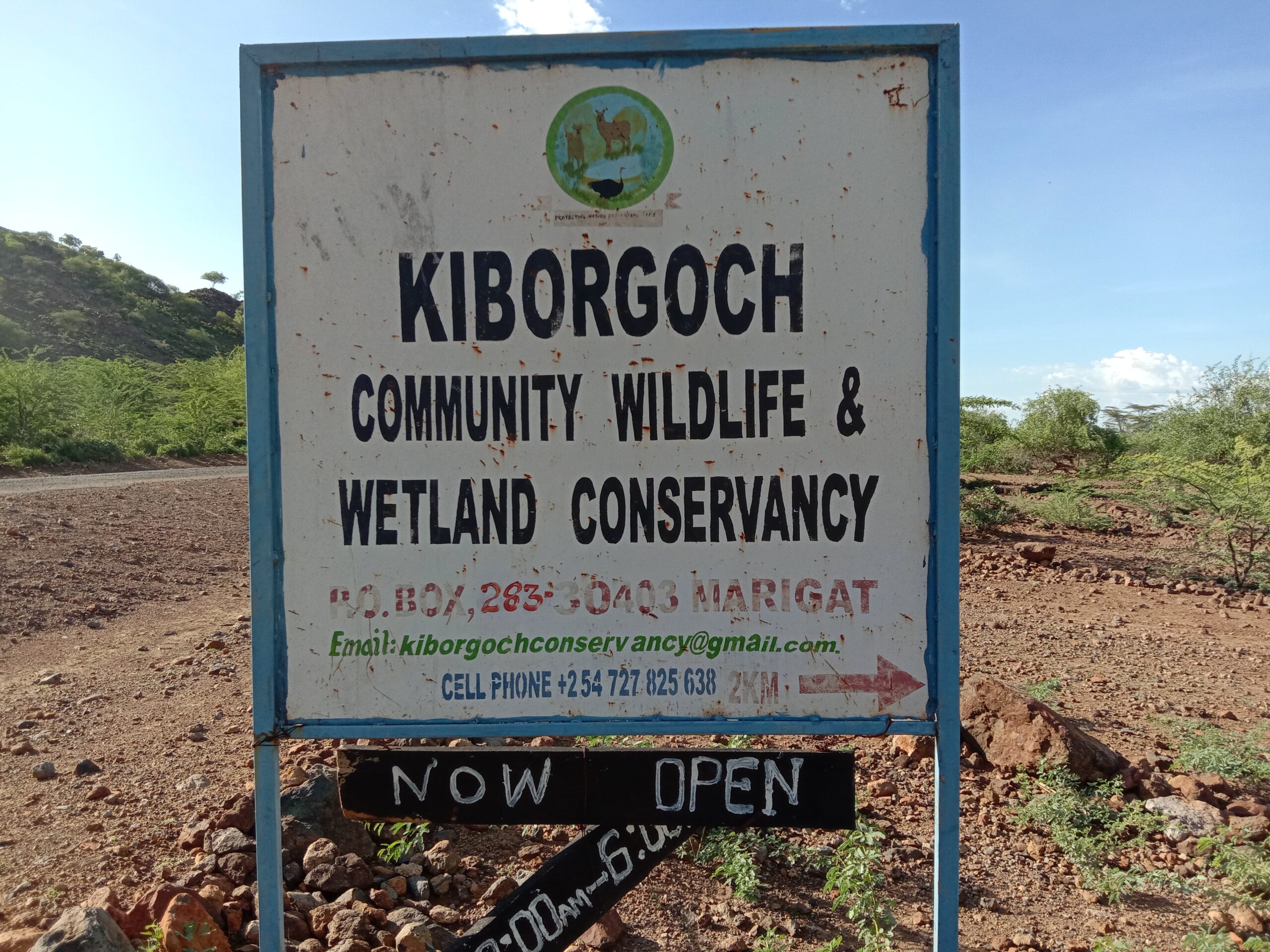 Although women are benefiting from the swamps, this comes with harmful effects as the swamp is home to dangerous wild animals like hippos and reptiles which include crocodiles and Pythons. But Chelaba women’s group chairlady says that even though these animals are dangerous they have learned how to coexist together and share the same ecosystem.
Although women are benefiting from the swamps, this comes with harmful effects as the swamp is home to dangerous wild animals like hippos and reptiles which include crocodiles and Pythons. But Chelaba women’s group chairlady says that even though these animals are dangerous they have learned how to coexist together and share the same ecosystem.
“We have come up with the schedule of the day, we go harvest reeds from 10. am in the morning to 3 pm. This time, snakes and crocodiles are deep inside the swamp but as from 3 pm they come out looking for food; that’s how we have lived together.” She narrated.
Evelyne Cherutich, another member also appreciated the presence of the swamp, she no longer relies on her husband to give her money after selling livestock. The money she makes from the sales of handcrafts made from papyrus reeds helps her support her family as well as contribution to merry-go-round a social enterprise that helps women raise funds towards improving their livelihood.
For many years, the culture of the Endorois people exclusively restricts women to domestic chores only and never to speaking in front of men or taking part in any decision-making. When the Chelaba women’s group was formed, it pioneered a gender-neutral approach to conservation especially the protection of wetlands, a community’s resource supposedly owned by men.
According to Wesley Cherutich another village elder, who referred to this as a breakthrough for women, the community has allowed women to understand their value and worth as they embrace the fullness of who they are as stakeholders in the society. He added that no one is looking down upon women in the community.
To support women’s efforts in wildlife and environmental conservation activities especially the protection of the swamp and wildlife in both Kiborgoch Community Wetland and Irong Conservancy, Mrs.Bernadine Jepchumba Kochei, a field officer working with Endorois Women Empowerment Group, an organization that strives to empower and advocate for women economically says that they have been working with Endorois women to enable them to participate in conservation activities.
In this context, Bernadine’s organization has been advocating for women to be part of the committee to proactively engaged in leading wildlife and wetland conservation efforts. Mrs. Everlyne Chelimo sat on the management team of Irong Conservancy, like the counterpart from the Chelaba women group, they jointly bought goats which are being grazed in turn within the conservancy as they take care of trees of endangered species. As such investments, it contributes to household income, women are the major players in environmental protection.
In Kenya, wetlands cover 3-4 % land surface and it contributes to ecological and socio-economic goods and services. Paul Gacheru Species and site program manager at Nature Kenya exemplified the success stories of local communities benefiting from the Yala swamp. Also, in Tana Delta local communities are actively participating in progressive conservations activities. He emphasized the importance of local knowledge of the indigenous communities as it is key in informing the policy as well guiding the conservation priorities.
On the other hand, Mr. Mwathe pointed out the contribution of wetlands to the local economy of the communities living around these wetlands and relying on it for their livelihood is a thriving economy across the African content. For example, UN data revealed that wetlands provide ecosystem services including fresh water and food worth an estimated US $47 trillion a year.
The Sustainable Development Goal 6, Target 6, ensures that all countries are committed to protecting and restoring wetlands by 2030 through a commitment to implementing the Ramsar Conventions on Wetlands, Mwathe says that despite these vibrant policies on wetlands, competing priorities such as infrastructure developments outweigh the conservation priorities. Therefore, many African governments often give a blind eye to wetlands conservation and focus on the economic benefits of the proposed infrastructure.
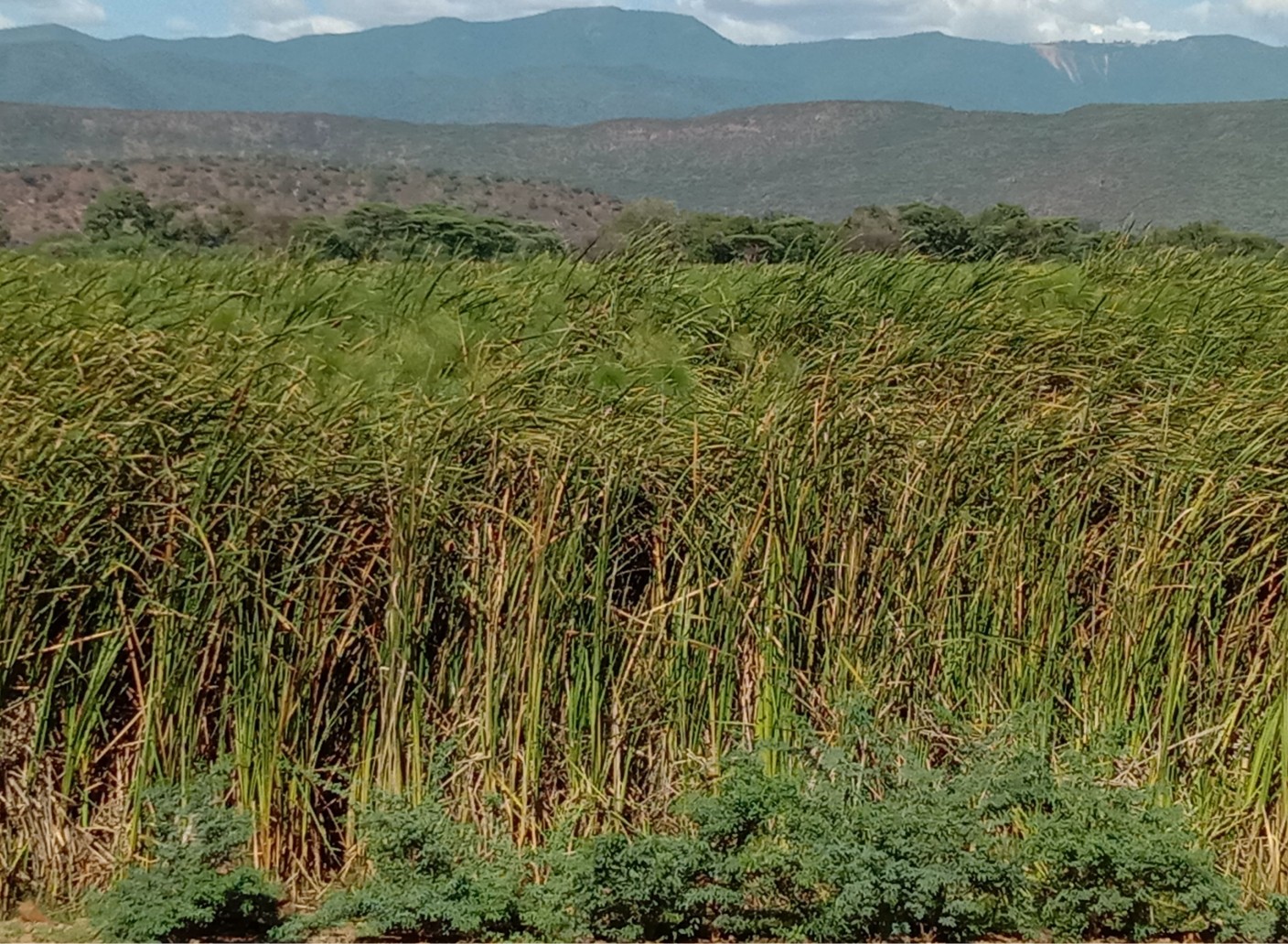
To protect and conserve wetlands in Kenya, Mr. Dan Ashitiva – Principal Wetlands Officer, Ecosystems Management Department at National Environment Management Authority (NEMA) says that his organization is actively working with communities through awareness creation plans and the creation of community technical working groups to spearhead the management and protection of the wetlands right from the village level.
Mr. Ashitiva highlighted the government’s commitment to ensuring wetlands are protected and as part of implementing policies on wetlands, the government is leveraging awareness creation and collaboration with other levels of government such as the county governments.
“Every year we have rotational World Wetlands Days in each county and we hold community forums just to discuss the need for conservation and the status of wetlands in that particular county.” He concludes.
Mr. Gacheru revealed that wetlands in Kenya are highly targeted for other land use activities. But his organization is working with local communities to restore wetlands spaces in Kenya.
“We are working with local communities because they are the stewards of the landscape for the benefit of the communities. Involving them is paramount for the success of the conservation.” He commented on community engagement as the main champion of the protection of wetlands.

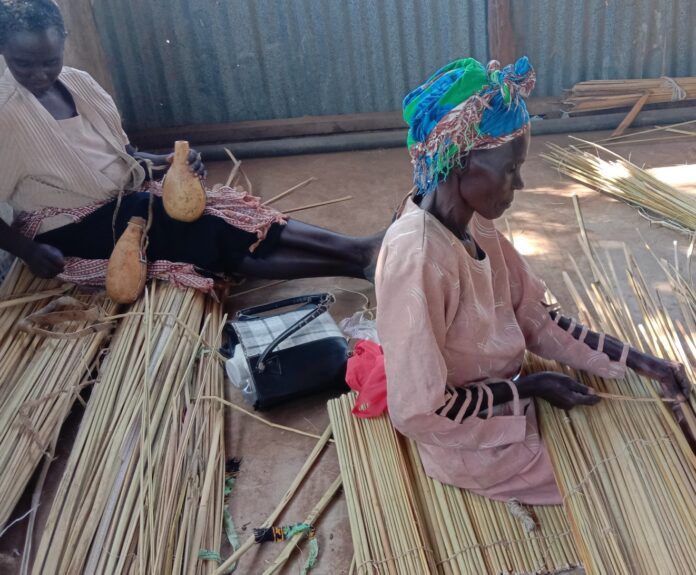


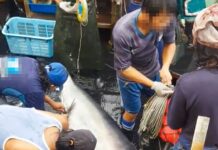










Very impressive. Good work Mr Wesley Langat
Comments are closed.